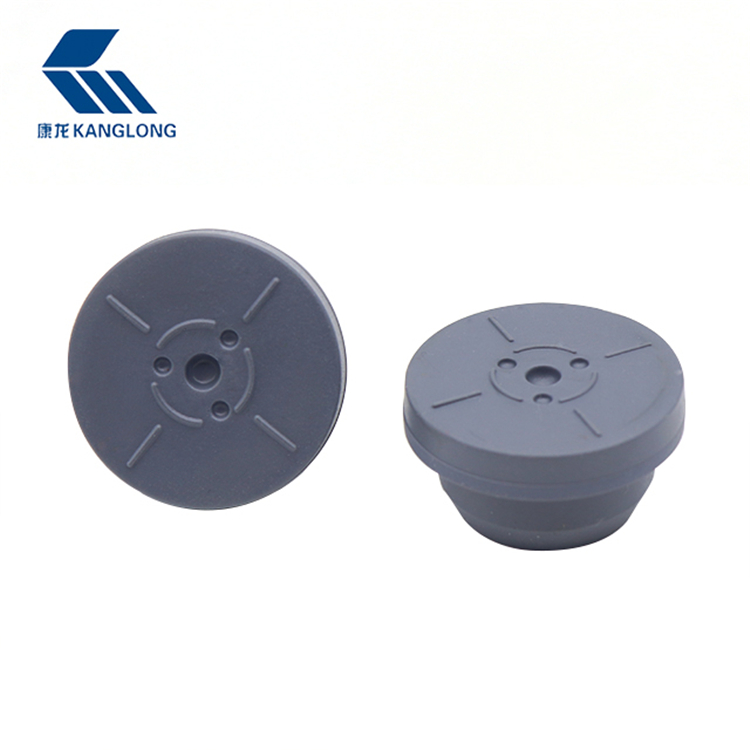The medical rubber stoppers employed in blood collection tubes are manufactured from specialized elastomeric materials, typically synthetic rubber compounds like bromobutyl or chlorobutyl rubber. These materials are chosen for their inert nature, ensuring minimal interference with blood components and diagnostic assays. Moreover, they possess the necessary elasticity and resilience to withstand the vacuum pressure within the tube without compromising the seal.
The manufacturing process of medical rubber stoppers involves precision molding and stringent quality control measures. Advanced technologies are employed to ensure dimensional accuracy and consistency in the physical properties of the stoppers. These measures are essential to meet the stringent standards set by regulatory bodies and to guarantee the reliability and safety of the blood collection tubes.
The primary function of the rubber stoppers in blood collection tubes is to maintain the vacuum within the tube, which is crucial for proper blood sample collection. The vacuum facilitates the smooth and controlled withdrawal of blood into the tube, ensuring accurate sample volumes and preventing hemolysis—a process where red blood cells rupture, potentially affecting test results.
In addition to facilitating blood sample collection, these stoppers serve as a barrier against external contaminants, preventing the entry of microbes and ensuring the sterility of the collected blood. Maintaining a sterile environment is paramount in preventing potential infections and preserving the integrity of the blood sample for accurate diagnostic testing.
Compatibility between the rubber stoppers and various anticoagulants or additives used in blood collection tubes is another critical consideration. Different additives, such as EDTA, heparin, or citrate, require specific rubber formulations to prevent chemical interactions that could affect blood test results. Manufacturers meticulously select and test materials to ensure compatibility and prevent adverse effects on the collected blood samples.
Continuous advancements in medical rubber stopper technology have led to the development of specialized stoppers with enhanced features. These innovations include surface coatings to improve compatibility with different additives, reduced levels of extractables to minimize interference with diagnostic assays, and improved puncture resealing properties for multiple sample access.
Quality assurance is an integral part of the manufacturing process for medical rubber stoppers. Rigorous testing protocols are implemented to evaluate factors such as material composition, dimensional accuracy, seal integrity, and biocompatibility. These measures ensure that each rubber stopper meets the highest standards of quality and safety for medical use.



 English
English Español
Español


.jpg?imageView2/2/w/500/h/500/format/jpg/q/100)






